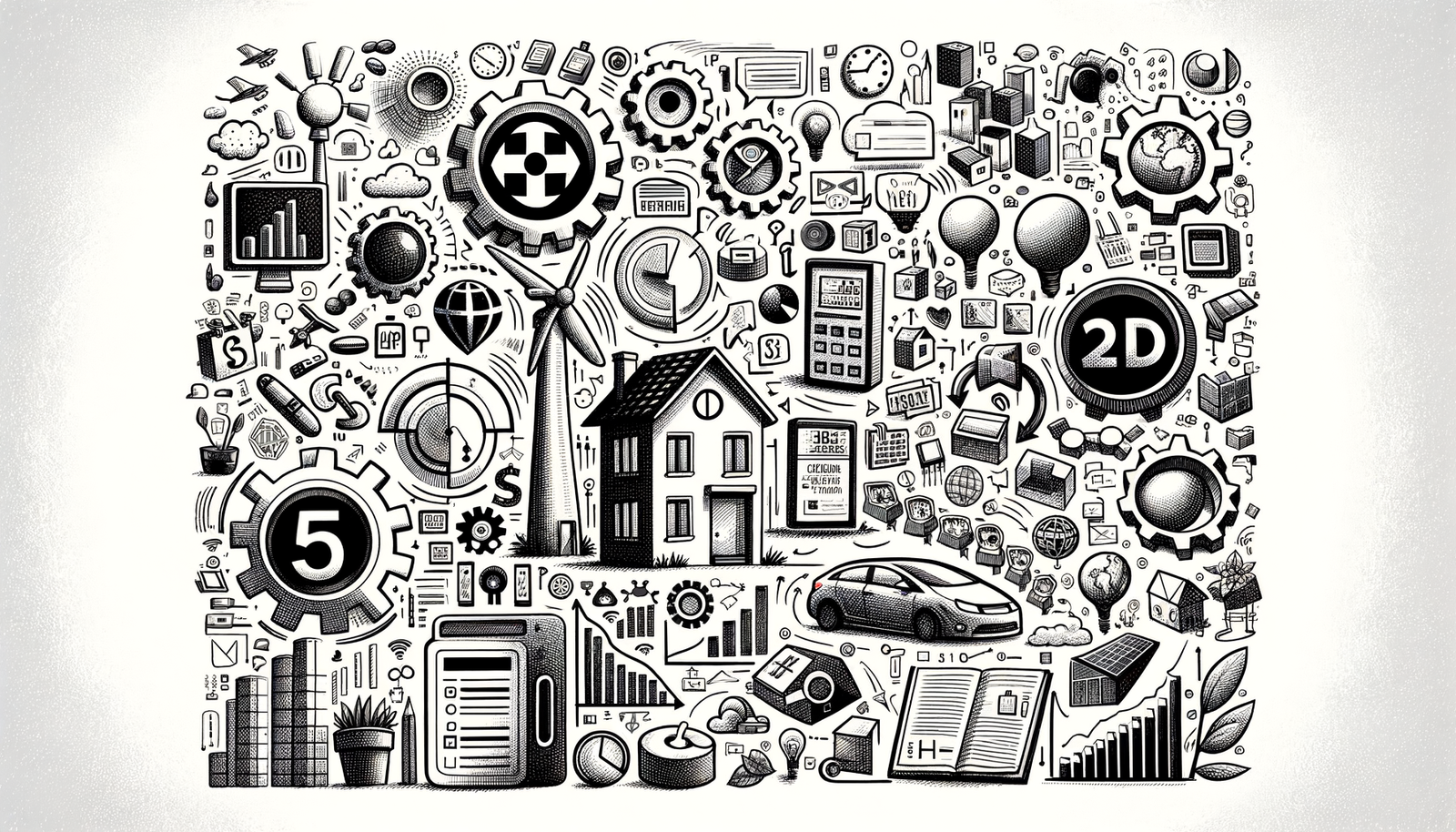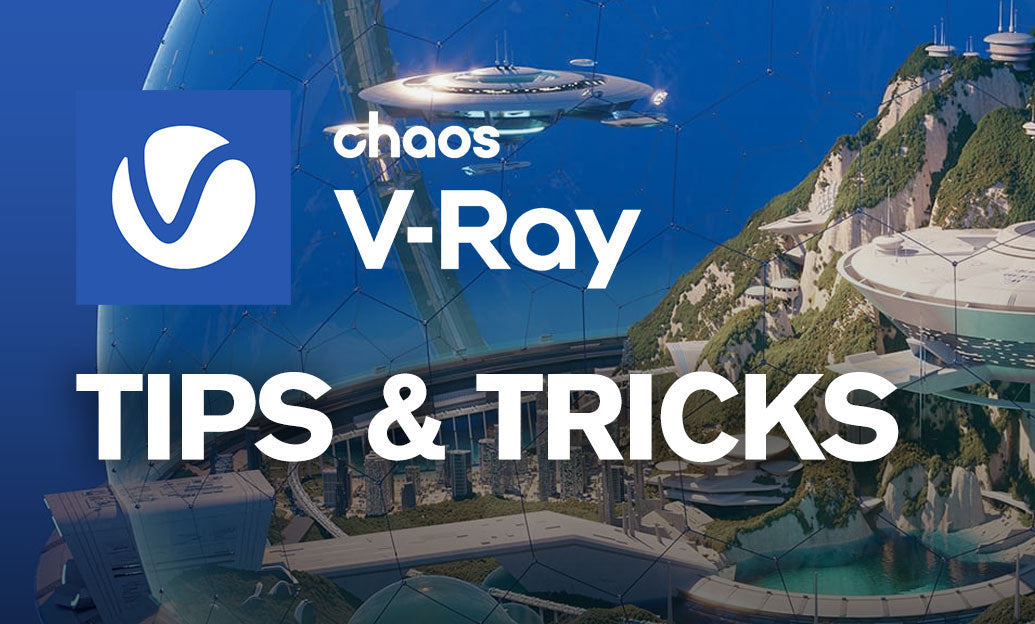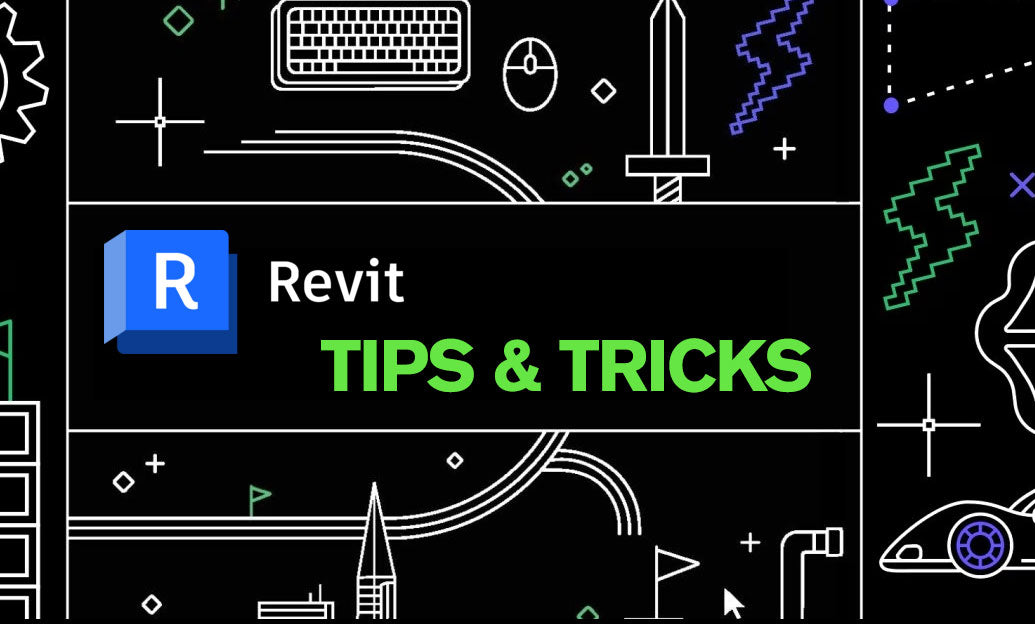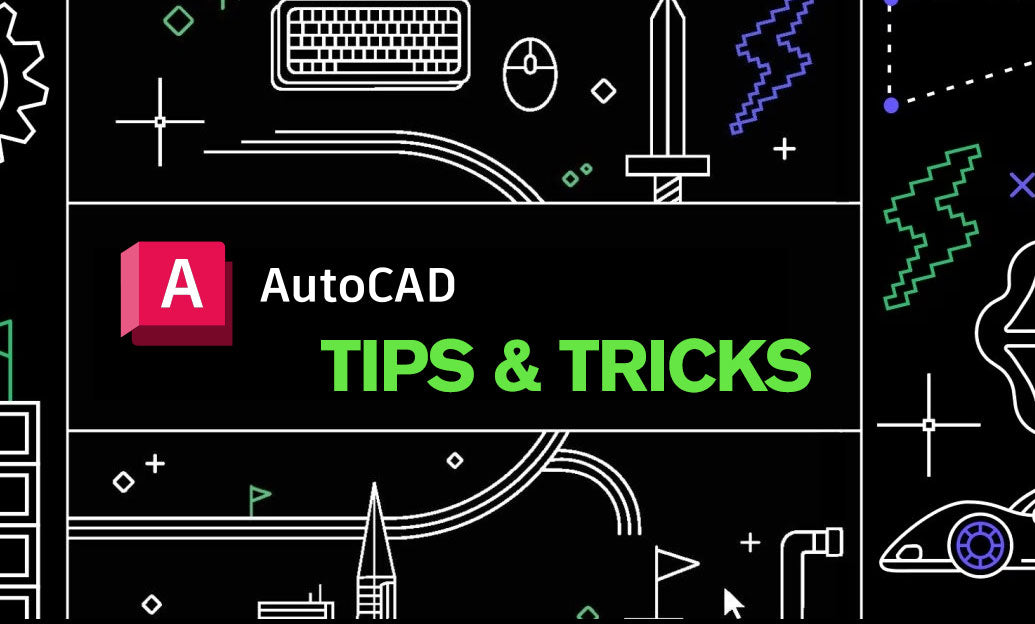Your Cart is Empty
Customer Testimonials
-
"Great customer service. The folks at Novedge were super helpful in navigating a somewhat complicated order including software upgrades and serial numbers in various stages of inactivity. They were friendly and helpful throughout the process.."
Ruben Ruckmark
"Quick & very helpful. We have been using Novedge for years and are very happy with their quick service when we need to make a purchase and excellent support resolving any issues."
Will Woodson
"Scott is the best. He reminds me about subscriptions dates, guides me in the correct direction for updates. He always responds promptly to me. He is literally the reason I continue to work with Novedge and will do so in the future."
Edward Mchugh
"Calvin Lok is “the man”. After my purchase of Sketchup 2021, he called me and provided step-by-step instructions to ease me through difficulties I was having with the setup of my new software."
Mike Borzage
Top 5 Advanced Features Revolutionizing Environmental and Architectural Design Software
July 03, 2024 3 min read


In the fast-paced world of environmental design, architecture, and engineering, leveraging cutting-edge design software has become indispensable. These tools not only enable the creation of more dynamic and realistic environments but also facilitate seamless collaboration and real-time adjustments. Among the key features that set modern design software apart are dynamic ecosystem creation, parametric design, real-time terrain adjustments, extensive asset libraries, and robust collaborative tools.
Dynamic Ecosystem Creation with Forest Pack
Forest Pack by iToo Software stands out as a pivotal tool for architects and designers, enabling the creation of vast, scalable environments. This plugin allows users to scatter millions of proxies, high-poly meshes, or billboards and use them to represent a wide array of ecosystems, including:
- Forests and woodlands
- Grasslands
- Urban green spaces
To ensure optimal performance without compromising detail, it's recommended to make use of Forest Pack's features such as camera clipping, custom edit areas, and the ability to tweak the distribution and size of scattered objects.
Parametric Pathways and Structures with RailClone
RailClone is the go-to plugin for parametric modeling, providing unprecedented flexibility in creating paths, bridges, and architectural elements. Through its algorithmic approach, RailClone empowers designers to generate complex structures by defining a set of rules or “styles” that automate object placement. This leads to:
- Efficient creation of walkways
- Customizable bridges that adapt to the landscape
- Architectural elements with varying degrees of complexity
Key to achieving realism is the plugin's ability to introduce variation and randomization in the generated structures, making every project unique.
Real-Time Terrain Adjustment and Optimization
The necessity for real-time terrain editing stems from the dynamic nature of environmental and architectural projects, where changes to the terrain can significantly impact the overall design. Tools such as World Machine and the terrain features in Unreal Engine enable designers to sculpt, modify, and optimize terrain in real-time. These adjustments seamlessly integrate with ecosystem elements and structural designs, ensuring that every aspect of the project feels cohesive and realistic.
High-Quality Asset Library for Environmental Design
The backbone of any realistic environmental design is a comprehensive asset library that includes vegetation, architectural elements, and environmental props. Access to high-quality assets allows designers to enhance the realism and depth of their projects efficiently. Strategies for effectively managing and expanding your asset library include:
- Organizing assets by type and ecosystem
- Regularly updating the library with new acquisitions
- Creating custom assets to fill gaps in the library
Collaborative Tools for Team-Based Projects
Modern design software increasingly incorporates collaborative tools that facilitate teamwork and project management, even when team members are remote. Platforms like Autodesk’s BIM 360 and Trimble’s SketchUp offer comprehensive solutions for sharing, reviewing, and editing projects in a collaborative environment. Best practices for maximizing the efficiency of these tools include:
- Establishing clear communication channels and workflows
- Using cloud-based storage for easy access to project files
- Implementing version control to track changes and progress
Conclusion
The evolution of design software has profoundly impacted the field of environmental design, architecture, and engineering. By harnessing the power of dynamic ecosystem creation, parametric design, real-time adjustments, comprehensive asset libraries, and collaborative tools, designers can push the boundaries of creativity and efficiency. Embracing these advanced techniques and tools is crucial for anyone looking to excel in modern design workflows, enhancing both the collaborative process and the final output.
Also in Design News

V-Ray Tip: Curvature and AO Masks for Realistic Material Wear
December 27, 2025 2 min read
Read MoreSubscribe
Sign up to get the latest on sales, new releases and more …




